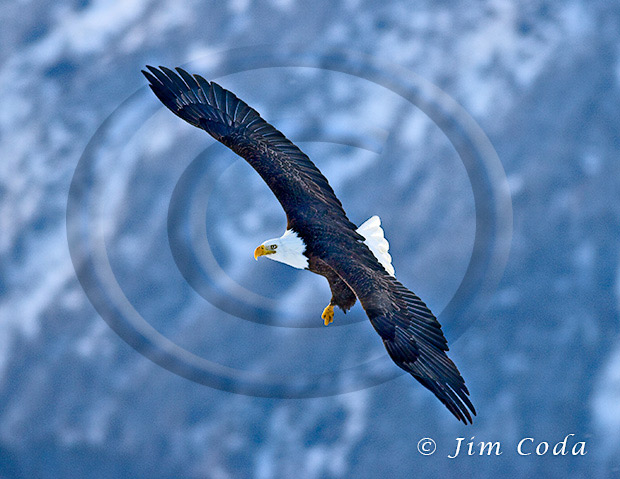Flashback to Homer, Alaska, and the Bald Eagles

Three Eagles Out On A Limb
Time flies! It was 2009 when I went to Homer, Alaska, to photograph bald eagles with three friends from the Marin Camera Club, Dan Van Winkle, Kevin Westerlund and Gene Morita. Gene’s friend, John Isaac, joined us there. It was the last year Jean Keene would feed the bald eagles at her home on Kachemak Bay because she passed away that year.
Photographers from all over the world came to her place to photograph the eagles.








